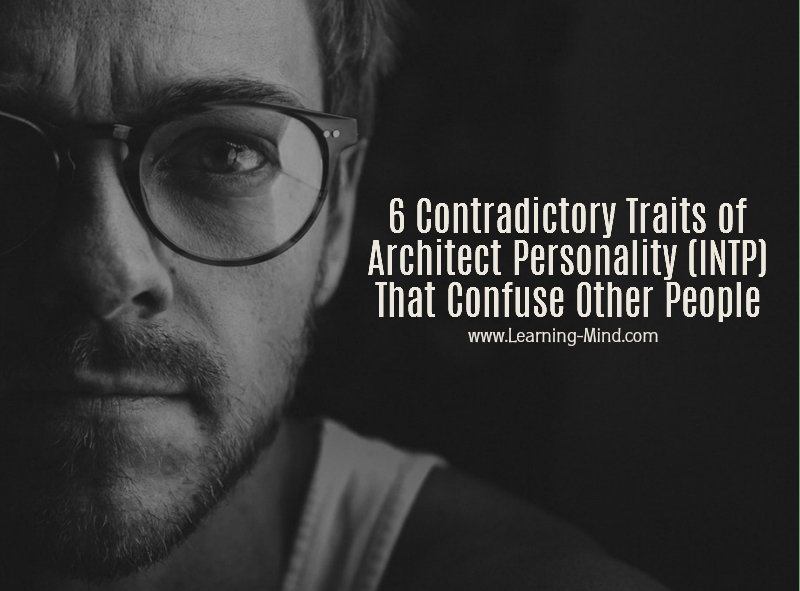

Related: Hiring Personality Tests: What They Are and Common Types How does the DISC personality test work? Opportunities to use expertise or gain knowledge, attention to quality Stable environments, sincere appreciation, cooperation, opportunities to help Social recognition, group activities, friendly relationships Power and authority, competition, winning, success

Giving support, maintaining stability, enjoying collaborationĮnsuring accuracy, maintaining stability, challenging assumptions Getting immediate results, taking action, challenging self and othersĮxpressing enthusiasm, taking action, encouraging collaboration Private, analytical, reserved, unemotional Some people focus on getting things done, while others are more tuned into the people around them.ĭirect, aggressive, strong-willed, forcefulĪccomodating, considerate, gentle, soft-hearted

people-oriented: This trait describes individuals’ external focus that guides them. Some people engage their motor quickly and others tend to engage their motor more slowly. reserved: This trait describes each person’s “internal motor” or pace. The DISC model is based on two foundational observations about how people normally behave: This personality assessment helps people to figure out the style they tend to gravitate toward the most. It’s important to note that no DISC style is “better” than any other, and we all often use each of the four types in various situations.

Employers use DISC to assess teams, communication and potential candidates.
#Architect personality type jobs how to
A person who ranks highly in this quadrant places emphasis on quality and accuracy and tends to enjoy their independence and be detail-oriented.ĭISC profiles look at how you respond to certain situations, how to influence others and how you respond to coworkers. A person who ranks highly in steadiness places emphasis on cooperation, sincerety and dependability and tends to have calm, deliberate dispositions.Ĭ – Conscientiousness: Relates to structure and organization. S – Steadiness: Relates to patience, persistence and thoughtfulness. A person who ranks highly in this quadrant is often skilled at influencing or persuading others and tends to be optimistic, open, enthusiastic, trusting and energetic. I – Influence: Relates to social situations and communication. A person who ranks highly in dominance places emphasis on accomplishing results and is often confident, outspoken, assertive and decisive. The DISC personality profile, based on a theory first proposed in 1928 by physiological psychologist William Moulton Marston, is a personality test that assesses how you work with others based on four personality traits :ĭ – Dominance: Relates to control, power and assertiveness. In this article, we discuss the four DISC personality types, 12 possible combinations of traits, careers that offer the best fit for each personality and frequently asked questions about DISC personality types.ĭISC is an acronym that stands for the four main behavioral styles outlined in the DISC model of personalities: Dominance, Influence, Steadiness and Conscientiousness.
#Architect personality type jobs professional
Knowing your personality type can help guide you toward personal and professional success and help you find a career you enjoy. The DISC (Dominance, Influence, Steadiness and Conscientiousness) personality profile provides a common workplace model to match personalities to careers. Every personality type has natural strengths and weaknesses.


 0 kommentar(er)
0 kommentar(er)
